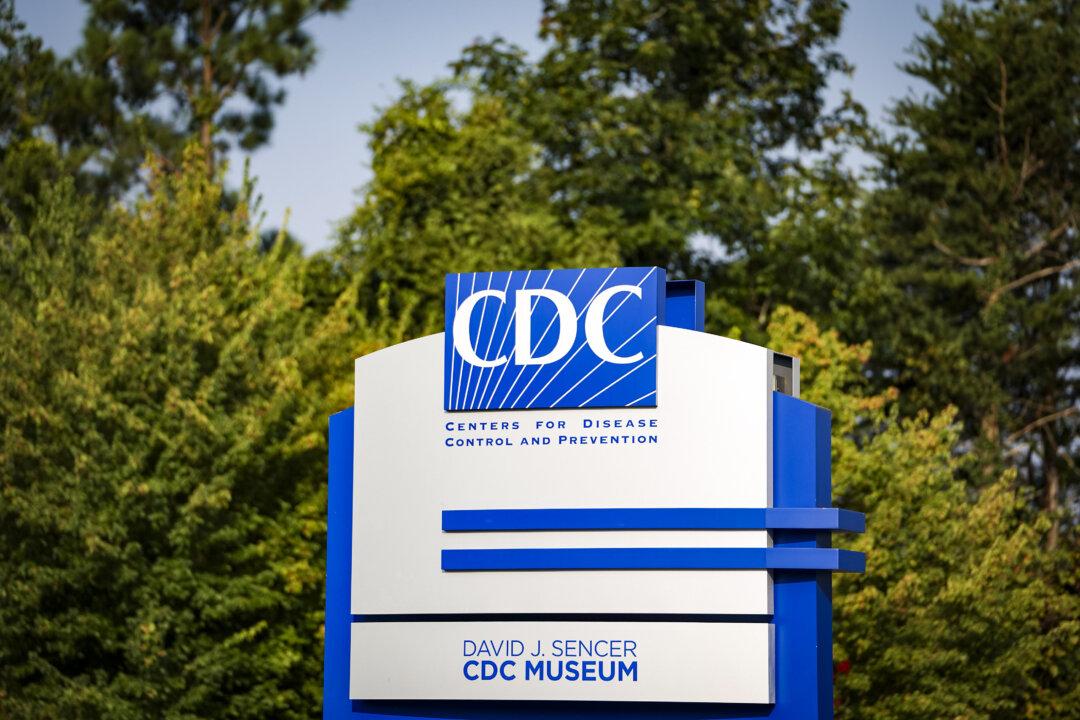The U.S. Centers for Disease Control and Prevention (CDC) overestimates the number of maternal deaths in the United States due to adding numbers not related to pregnancy into the data, according to a recent study.
The study, published in the American Journal of Obstetrics and Gynecology on March 12, aimed to assess the causes behind the elevated maternal mortality rates in the United States. When women die during pregnancy, childbirth, or shortly after delivery from conditions directly related to pregnancy, they are classified as maternal deaths.





